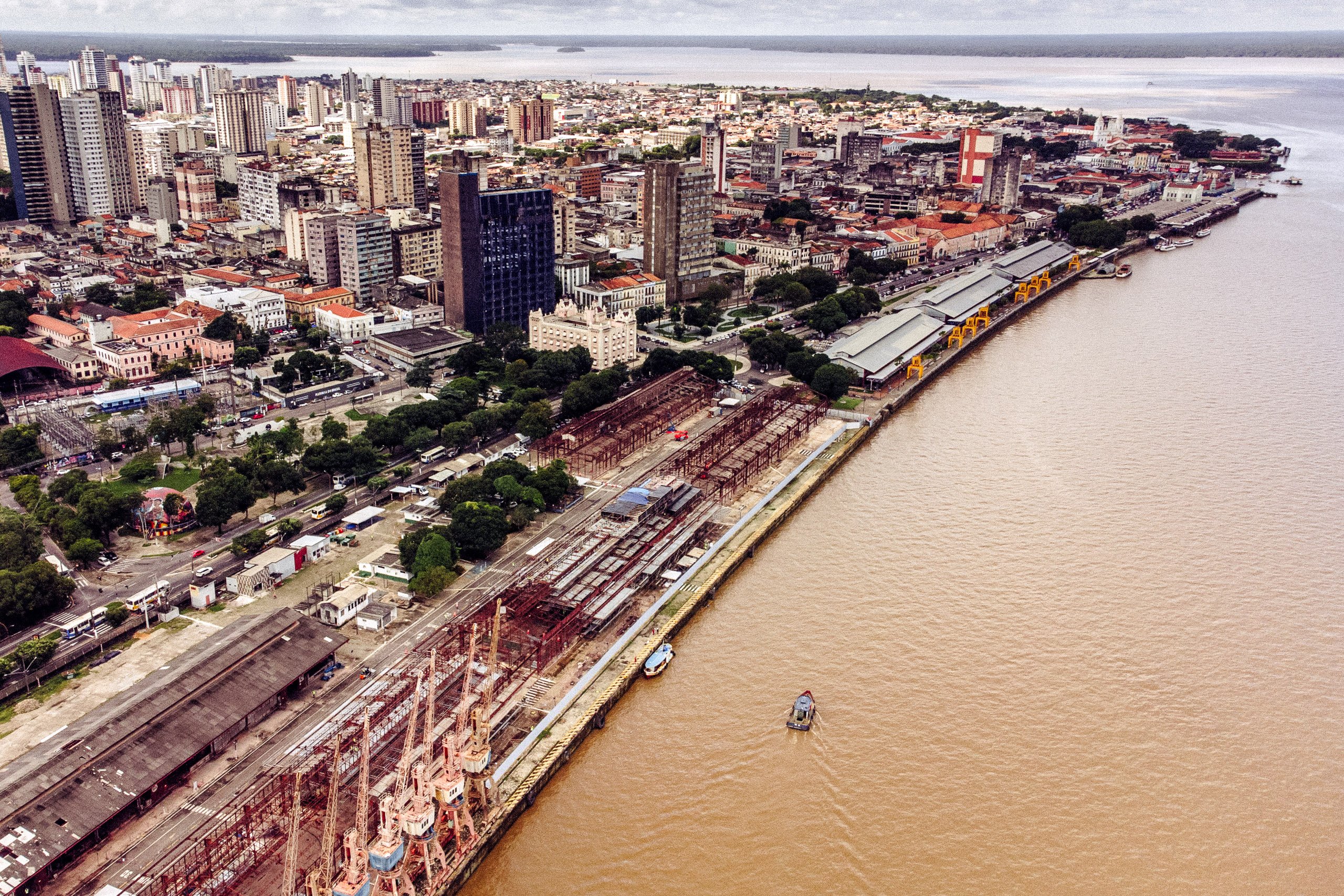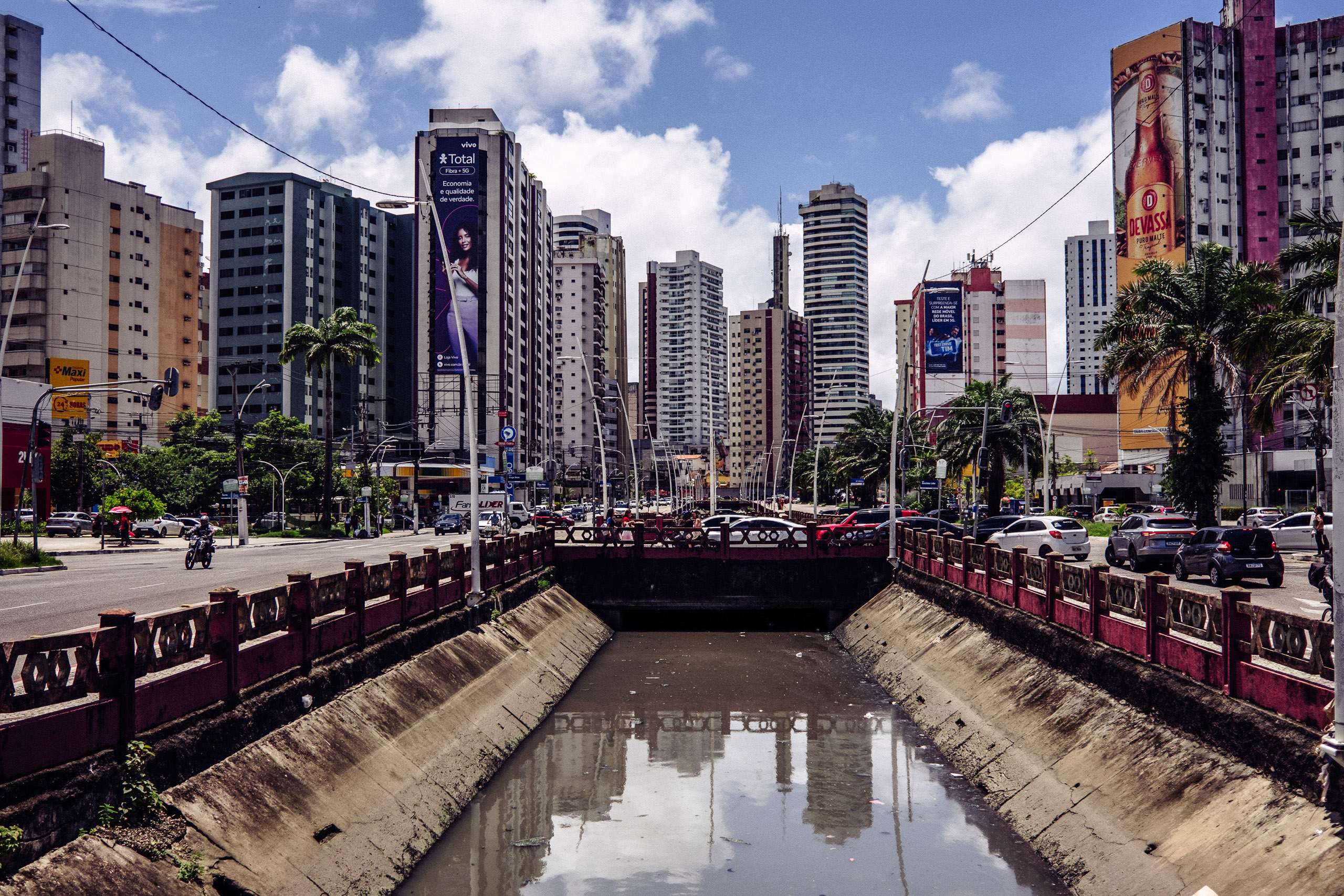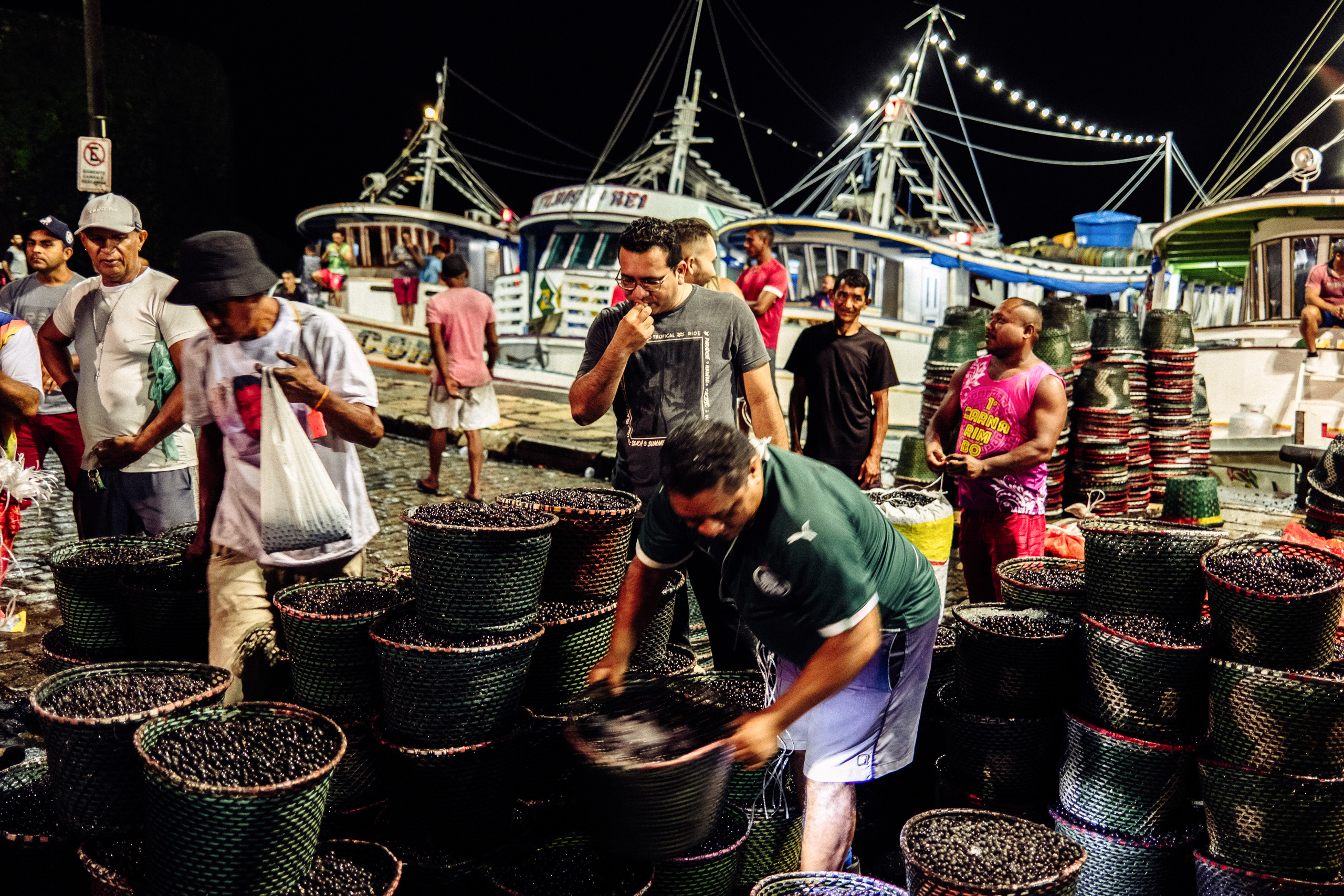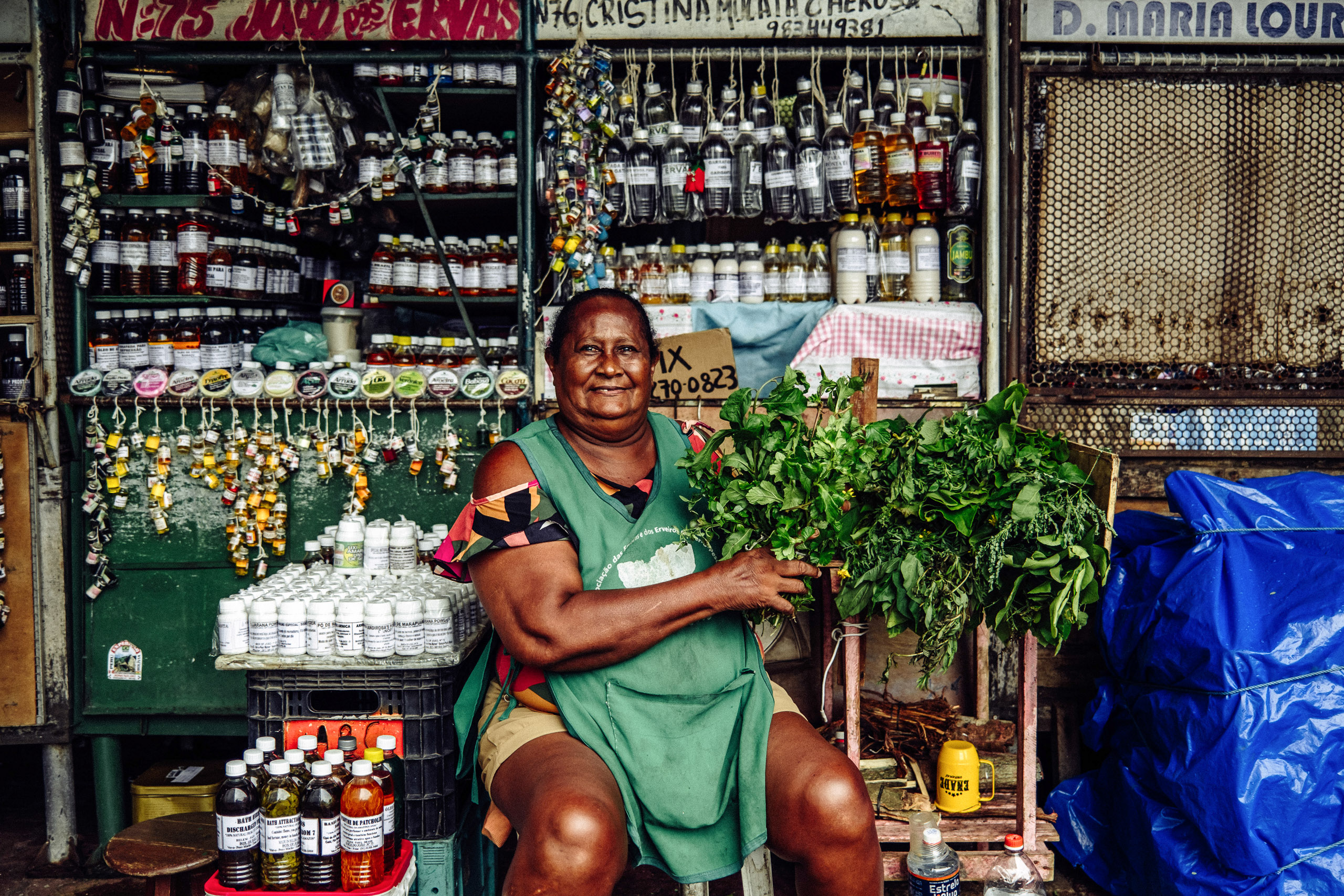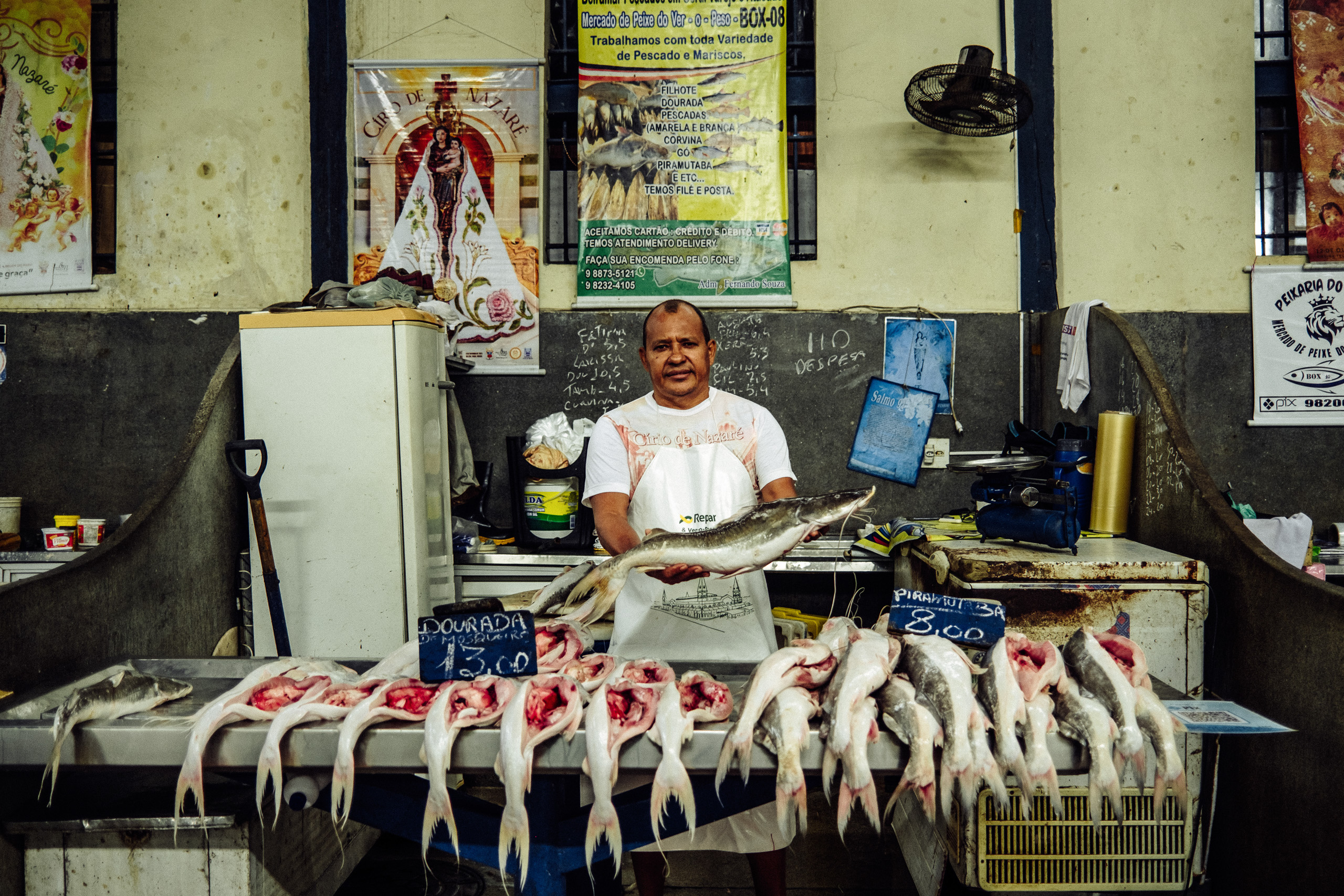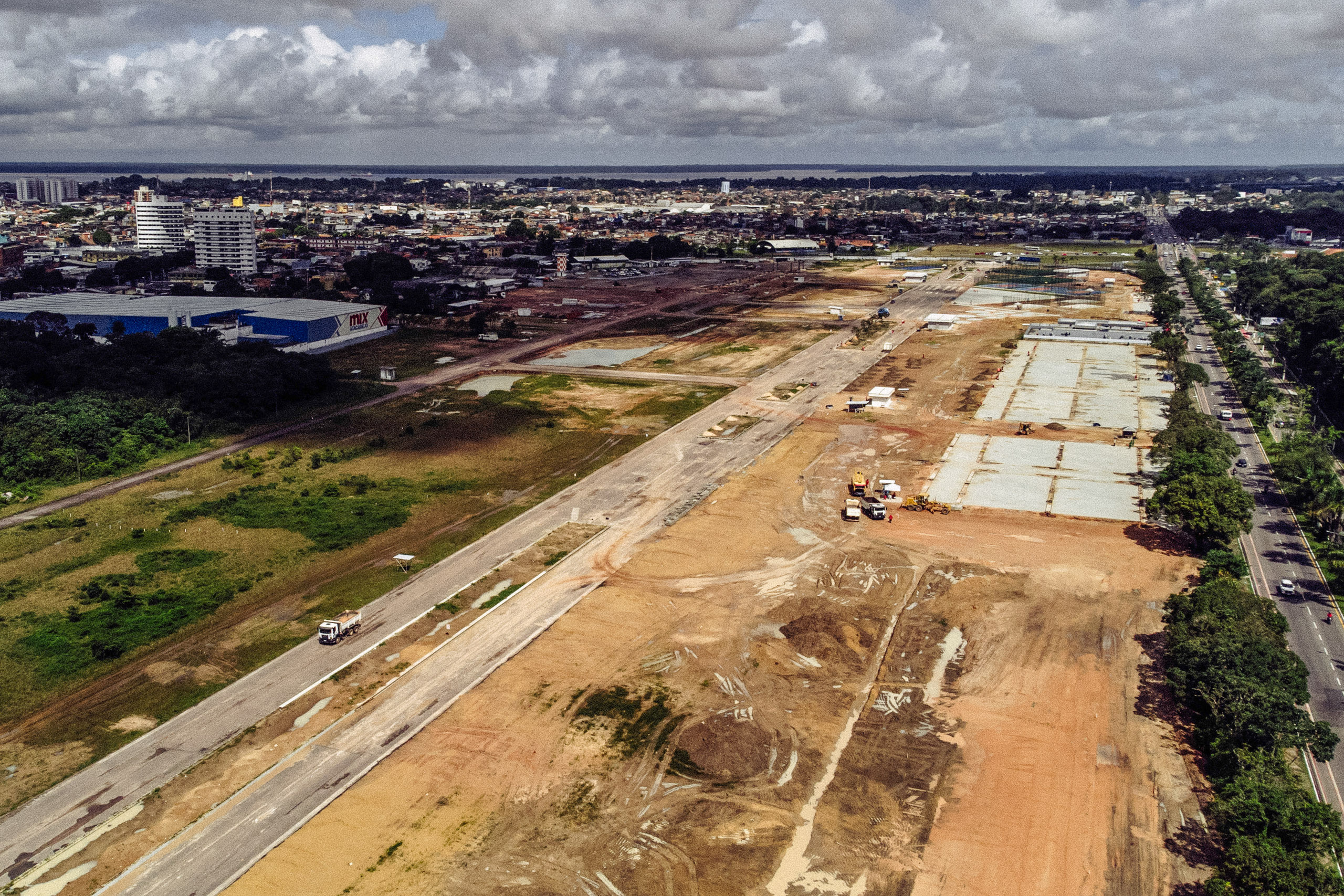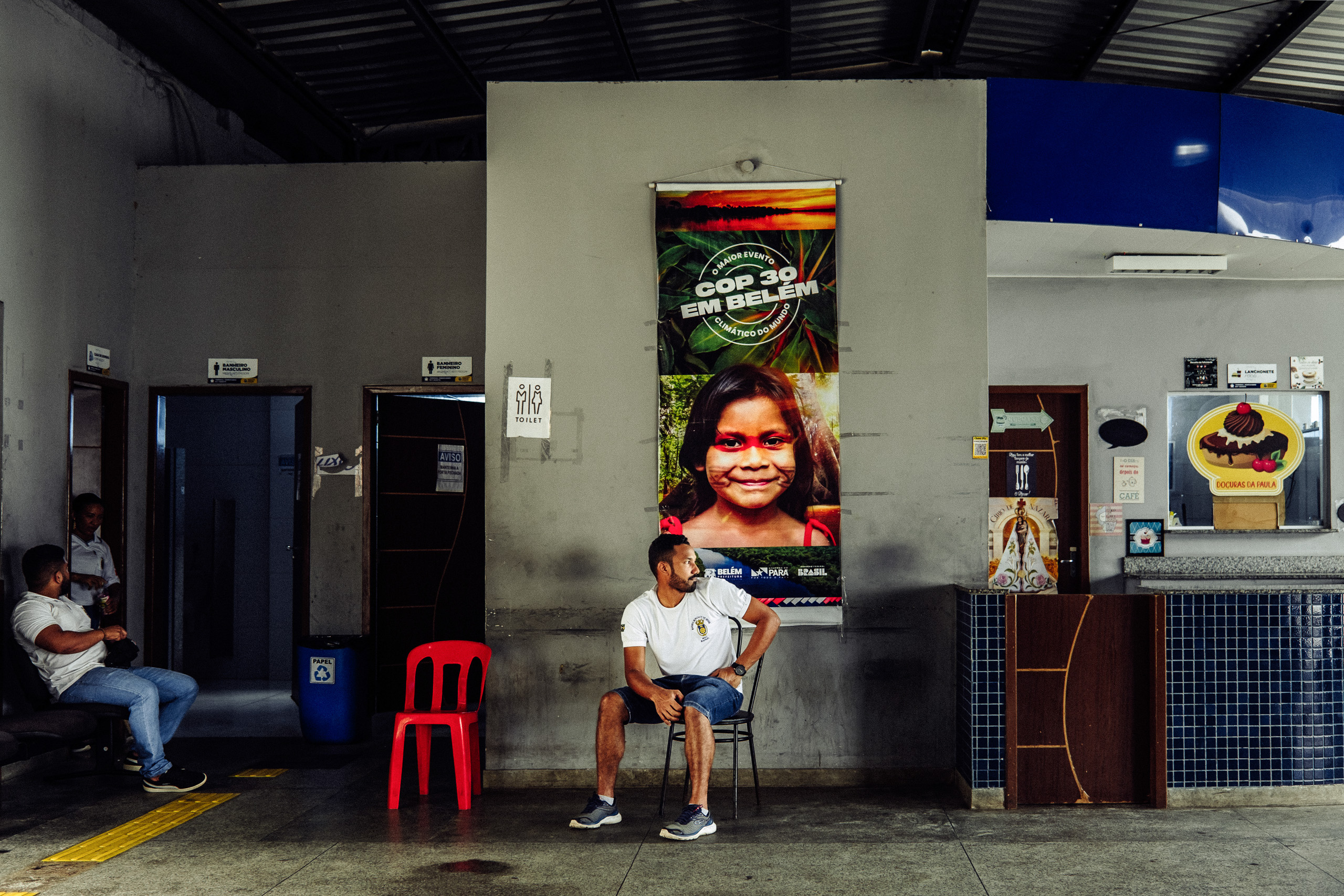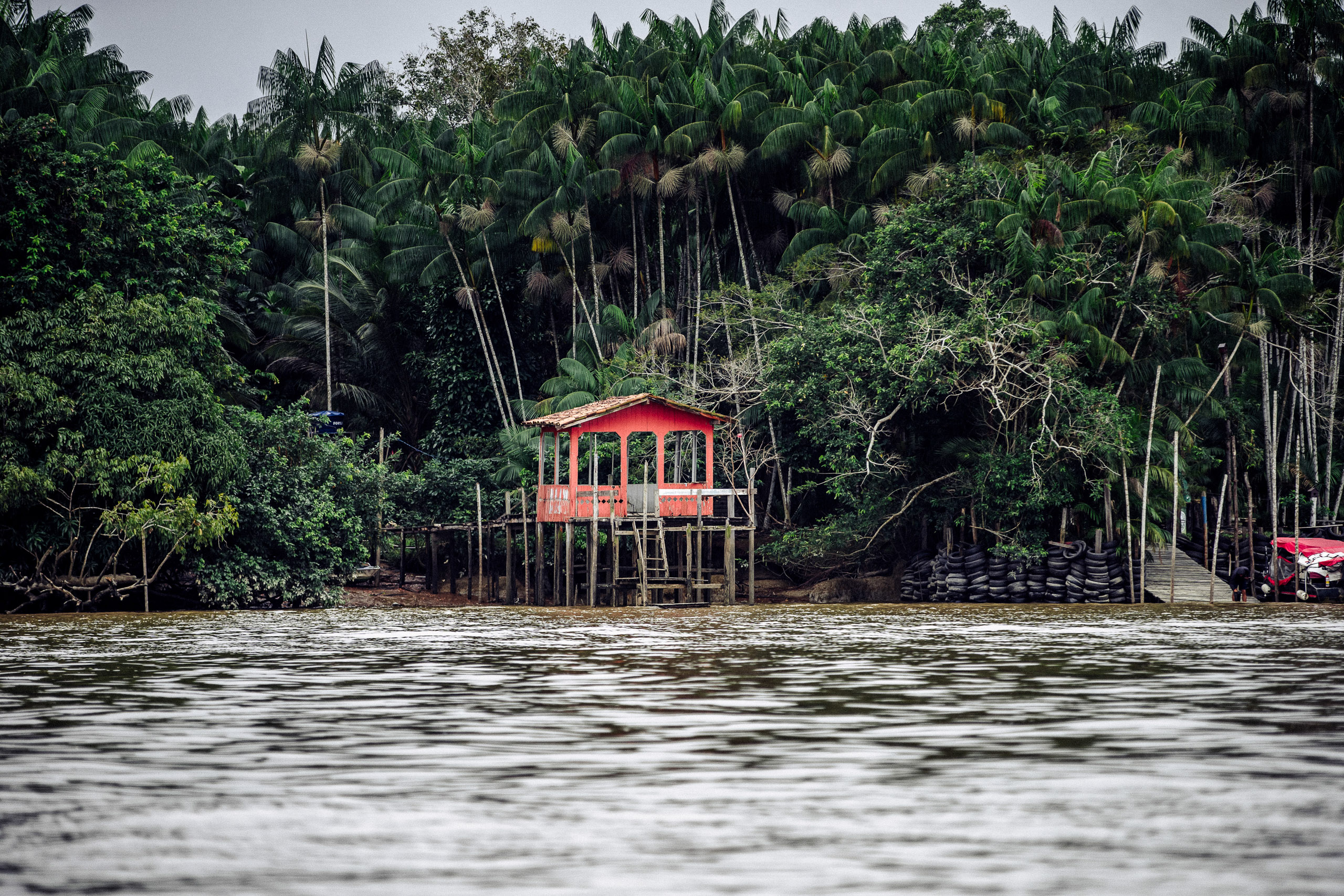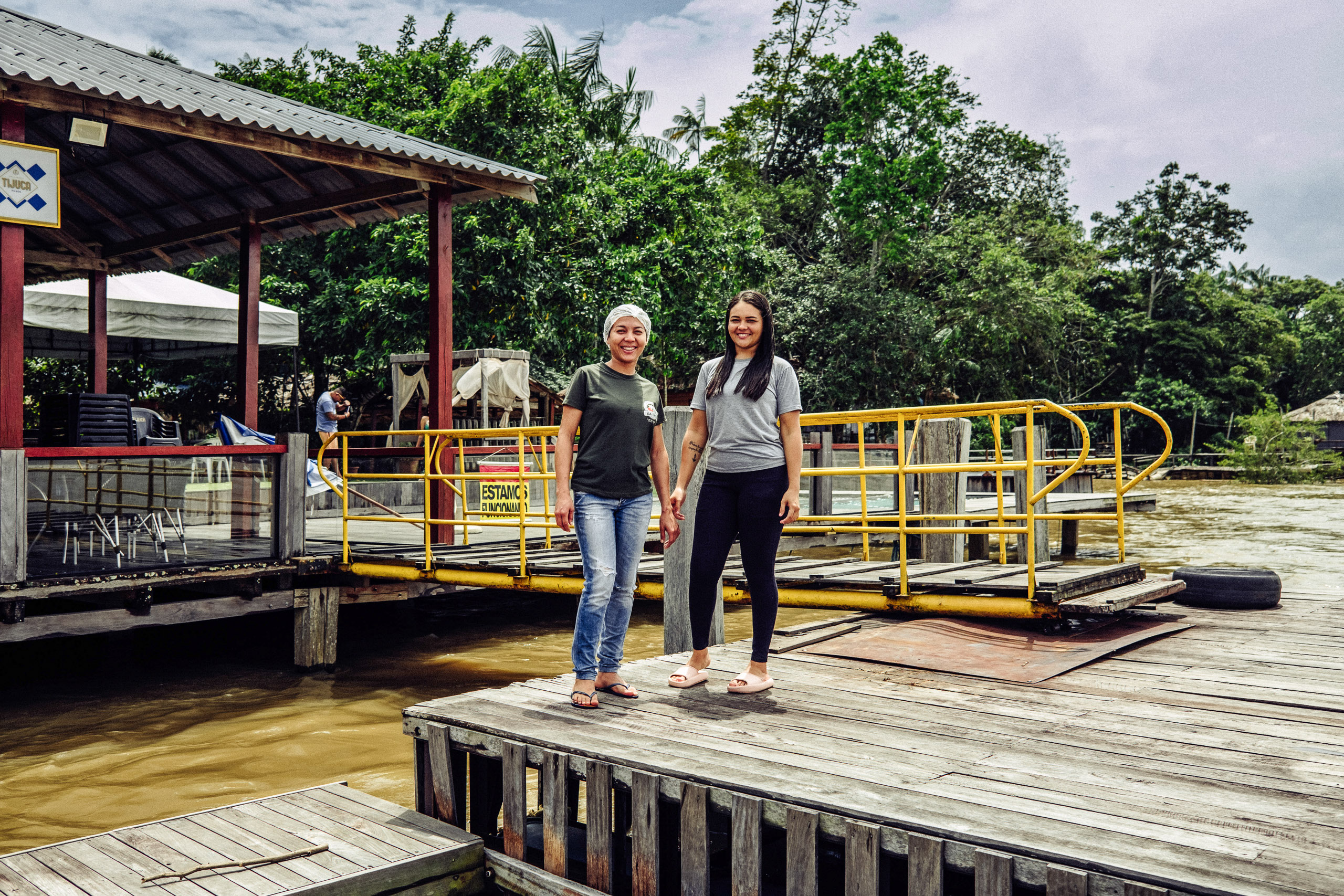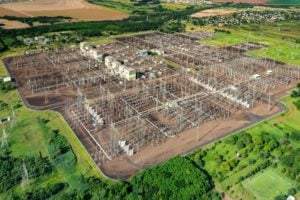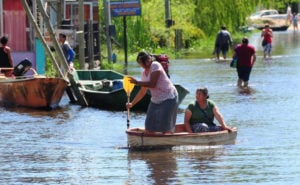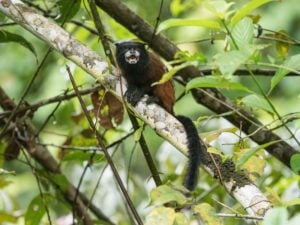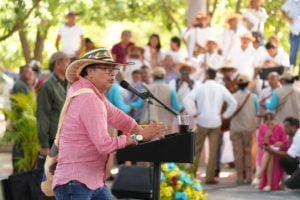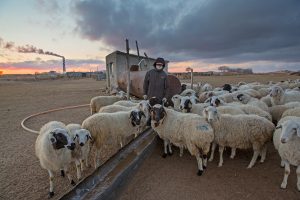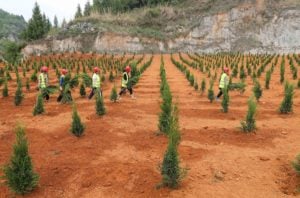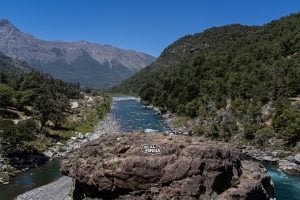Preparations are underway in the Brazilian city of Belém as it gets ready to host the United Nations’ COP30 climate conference in November 2025 – a crucial meeting for the future of the planet, and one unprecedented in size for this northern corner of the Amazon rainforest. As the eyes of the world turn towards it, attention is falling on the city’s capacity to welcome the world, and the structural challenges faced by its residents.
The call for the Amazon to host the event was led by Brazil’s then president-elect Luiz Inácio Lula da Silva, during his visit to COP27 in Egypt in November 2022. “I think it’s very important that people who defend the Amazon and who defend the climate get to know that region up close,” Lula told the conference. Belém’s official candidacy was launched following his inauguration in January 2023 and was accepted by the UN at the end of the year.
The selection of the city often dubbed the “gateway to the Amazon” as host for COP30 is recognition for the central role the rainforest plays in the planet’s geopolitics and economy, experts say. “This is the moment to encourage the leading role that only we in the region can play,” says João Cláudio Tupinambá, a professor at the University of the Amazon in Belém, who is representing the institution in the preparations for COP30.
However, the city, the capital of the northern state of Pará, still struggles to guarantee a healthy environment and basic services for many of its 1.3 million citizens – a picture similar to that of many municipalities in Brazil’s Amazon region. In the middle of the world’s largest river basin, 23% of Belém’s residents lack access to the city’s drinking water supply, while 83% are not connected to the sewage system.
“Around here, we hear a lot of promises, but when it comes to concrete works, the reality is different,” said Renata Corrêa, a Belém resident who sells tapioca for a living.
Corrêa highlights open-air waste dumps, a dilapidated historic centre, and limited hotel capacity as significant challenges as the city looks towards COP30, for which more than 40,000 participants are expected to attend. On both land and water, connecting with the islands across the Guajará Bay on which the city sits, public transport is precarious, sometimes non-existent in more remote areas. While the size of Belém’s vehicle fleet grows every year – at a faster rate than the population – its roads remain narrow and bumpy, often leading to chaotic traffic.
With less than two years to go and many challenges to confront, Belém’s residents told Dialogue Earth that the road to COP30 may also be a bumpy one, though some remain hopeful of a better future and legacy following the event.
Promised works
Since Belém’s confirmation as COP30 host, at least four major projects related to the event have been announced, set to be funded by the regional and national governments, as well as the private sector. Among them is the renovation of one of the city’s postcard landmarks, the Ver-o-Peso market, the largest open-air market in Latin America, which houses the city’s biggest fish, meat and açaí exchanges.
Founded as a customs post after the arrival of European settlers in Belém more than four centuries ago, the 25,000-metre complex will receive investments of 63 million reais (USD 12.6 million) from Brazil’s National Institute of Historical and Artistic Heritage. However, scepticism remains among market traders who have not seen major works on the site for over 20 years.
Maria Cristina dos Anjos do Carmo, 63, has been selling medicinal herbs native to the Amazon for over 42 years at the market. She learned how to make banho de cheiro – “scent baths” of mixed herbs and plants that are popular in local rituals – at home on Marajó, a large island and protected area across the Guajará Bay from Belém.
“Ver-o-Peso has given me everything I have today – this is where I make my living, it was with the money from my work here that I was able to buy my house, and I want more people in the world to get to know our herbs,” says Carmo from her stall. “But our space is completely derelict.”
At Ver-o-Peso at the end of February, our reporters saw the frames of stalls corroded by the weather, torn tarpaulins with improvised repairs, and a handful of public workers cleaning up the historic streets, littered with rubbish and weeds poking through the cobblestones.
In contrast, João Alexandre Trindade da Silva, 61, who also sells medicinal herbs, expects to strengthen his sales and believes that the market traders have an opportunity to up their skills as the summit nears: “I still don’t know how this will be done, but I imagine, in the future, a Ver-o-Peso where we will all speak English and do good business.”
There’s no point in giving the city a makeover just for the COP. Either you do a good job or you don’tFernando Souza, president of the local fishmongers’ union
Fernando Souza, 54, buys and resells seafood that fishmongers at the market source from around Belém, and serves as president of the local fishmongers’ union. “It’s a good place to work, but it needs to be better looked after by the relevant bodies, since we’re the biggest attraction on a Belém postcard,” he says.
Souza fears that there will not be enough time to deliver quality projects that serve both COP30 and the population: “There’s no point in giving the city a makeover just for the COP. Either you do a good job or you don’t.”
Another planned project is to transform a disused airport into a 50-hectare complex featuring everything from cultural centres, theatres and an exhibition space, to food courts and markets. This project and the expansion of Porto Futuro, a port complex on the shores of the Guajará Bay, are set to be financed by Vale – the multinational mining company behind the collapses of both the Mariana and Brumadinho dams in Minas Gerais state, which were among the worst environmental disasters in Brazil’s history, leading to severe damage and nearly 300 deaths. The company has also been accused by Indigenous peoples, such as the Awá Guajá, of violating their land rights.
Beyond infrastructure
João Cláudio Tupinambá says that the city must consider more than just a legacy of new infrastructure when looking at the opportunities offered by hosting COP30. “We shouldn’t limit the COP to a mere event or superficial negotiations about investment,” he says. “This is too little in the face of the opportunity and what we have in hand: the Amazon rainforest, the intelligence existing in the region and the knowledge we have already produced here.”
Tupinambá believes that this is a chance to highlight the potential of the Amazon, and says it is essential that local representatives manage to secure deals for the event and the future of the Amazon that ensure profits remain in the region: “There is no precedent for local economic actors to have participated in strategic decisions about the development model for the Amazon.”
Belém’s pick as Brazil’s host city for COP30 comes in the wake of strong campaigning by the governor of Pará state, Helder Barbalho, who has in recent years sought to sell a package of green solutions to the international market. He has announced plans focusing on boosting climate finance, promoting the bioeconomy, and actions to reduce forest loss in a state that, since 2006, has seen more deforestation than any other in the Brazilian Amazon.
In August 2023, the Pará capital hosted another major event: the Amazon Summit, which brought together leaders from the South American countries that share the rainforest, aiming to boost cooperation on its protection. The gathering ended with frustration from observers at a lack of concrete targets to curb deforestation in the biome. As of 2021, 17% of the Amazon’s original forest cover was estimated to have been lost, edging ever closer to an irreversible “tipping point” that could lead to the forest’s progressive death, and have significant implications for global climate and biodiversity.
Riverside communities
Ilha do Combu is one of the 39 islands that surround Belém in the Guajará Bay, and is an environmentally protected area. There are few official records, but it is thought to have been founded in the 19th century by Indigenous and black populations who fled to the islands to avoid impacts from the city’s urbanisation. Today, its inhabitants make their living from fishing and forestry, especially the harvesting of açaí palm trees, found all over the island.
Edienif Eva Costa, 21, was born on the island and is the daughter of ribeirinhos, the name given to traditional riverside-dwelling communities. Her family fishes for a living and grows açaí for their own food. To help with the family income, she also works in a local restaurant. She hadn’t even heard of COP30: “I’m finding out about this event now, because you’re talking about it.”
Official population figures for the islands are lacking, but according to the town hall, around 2,500 people travel by ferry from the island to Belém between Monday and Friday, while 15,000 do so at weekends. Ilha do Combu has made a name for itself as an ecotourism spot, thanks to largely to its preserved Amazon rainforest surroundings, though its residents must also deal with water pollution and inadequate waste services.
In a restaurant on the water’s edge, waitress Suelane Costa, 28, expresses doubt over the city’s ability to host COP30: “I keep imagining an event of this size in Belém. Our city is beautiful, but all you have to do is look around and see that it’s completely dilapidated.”
Mário Carvalho, 44, is the manager of a business that is popular with tourists to the island: Casa do Chocolate Filha do Combu, which produces organic Amazonian cocoa for use in its chocolate. He says that the company has already started investing to prepare for the upsurge in visitors for COP30, with the construction of a café, an increase in chocolate production and improvements to the path that leads to his cocoa plantation.
Carvalho regularly travels from Belém to the island. He says this is why, in addition to tourism, he would like to see longstanding demands resolved, such as improving the quality of ferry transport and drinking water supply. But, he cautions, “COP30 won’t change our daily reality, because when they think of us, they look at us through the eyes of tourism.”
Between now and November 2025, Belém faces a series of challenges, not only to ensure its success in welcoming the world, but, above all, that it also creates sustainable and lasting opportunities for its residents, Carvalho says: “COP30 is a unique opportunity, but the results will only be positive for those who live in and defend the Amazon if the resources are really well utilised.”
